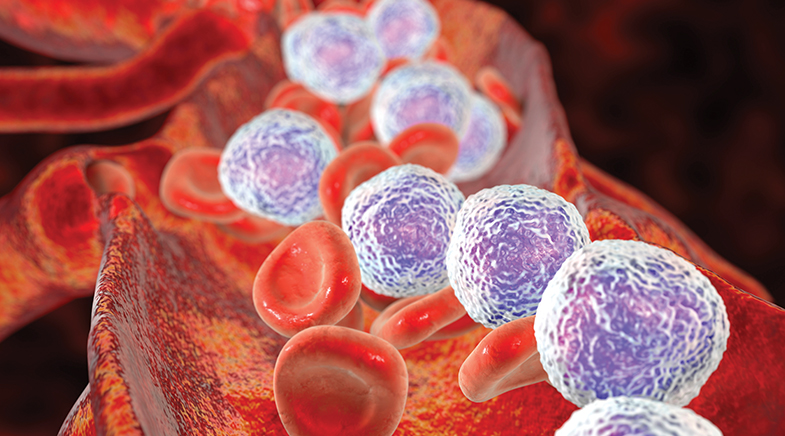Inside the cell's calcium cycle
-
- from Shaastra :: vol 03 issue 02 :: Mar 2024

Understanding calcium uptake may lead to cures for brain disorders.
A team of researchers at the University of Chicago has found the missing link in how calcium moves in and out of lysosomes, organelles present in cells. The researchers have found a protein that functions as a lysosomal calcium importer, bringing calcium into lysosomes, as opposed to lysosomal calcium channels, which export calcium from lysosomes.
A drug that perturbs the activity of the calcium importer might help relieve the symptoms of neurodegenerative diseases associated with the malfunctioning of calcium channels.
The research team was led by Yamuna Krishnan, who got interested in the search for a calcium importer when one of her experiments showed that lysosomes have a huge amount of calcium, much higher than in the organelles they originated from. Krishnan's team developed a new technology that allows the simultaneous measurement of pH and calcium in organelles, and made this discovery about lysosomes when it was mapping calcium levels in a bunch of organelles using the new technology.
Lysosomes, popularly known as suicidal bags of cells, are tiny sacs of digestive enzymes that help degrade the waste macromolecules in a cell, making them available for reuse. Release and uptake of calcium is required for the normal functioning of lysosomes. While there is considerable literature on actors that release calcium from lysosomes, knowledge about the protein that imports calcium into lysosomes was missing.
In a recent Science Advances paper (bit.ly/calcium-importer), the authors describe using Caenorhabditis elegans worm mutants with a particular calcium channel missing to discover the calcium importer protein. The worms were unable to survive without the calcium channel. However, when a subsequent deletion of the calcium importer protein was made, the worms survived as the calcium balance in lysosomes was restored.
The lysosomal calcium importer found in worms is also present in higher organisms, including humans.
The researchers further found that the calcium importer protein that they found in worms is also found in all higher organisms, including humans. They showed that the human lysosomal calcium importer was able to alleviate the negative effects of the missing calcium importer in worms, showing that they work similarly. Through further experiments, they found that the human counterpart of the protein facilitates the entry of calcium into the lysosomes of lab-grown human cells.
The team will next check if the calcium importer protein can rescue the defects of faulty lysosomal calcium channels in higher organisms like zebra-fish and mice. The results from these experiments will help them understand if a calcium importer inhibitor can act as a potent broad-spectrum drug for neurodegenerative diseases occurring due to faulty calcium channels.
Have a
story idea?
Tell us.
Do you have a recent research paper or an idea for a science/technology-themed article that you'd like to tell us about?
GET IN TOUCH














